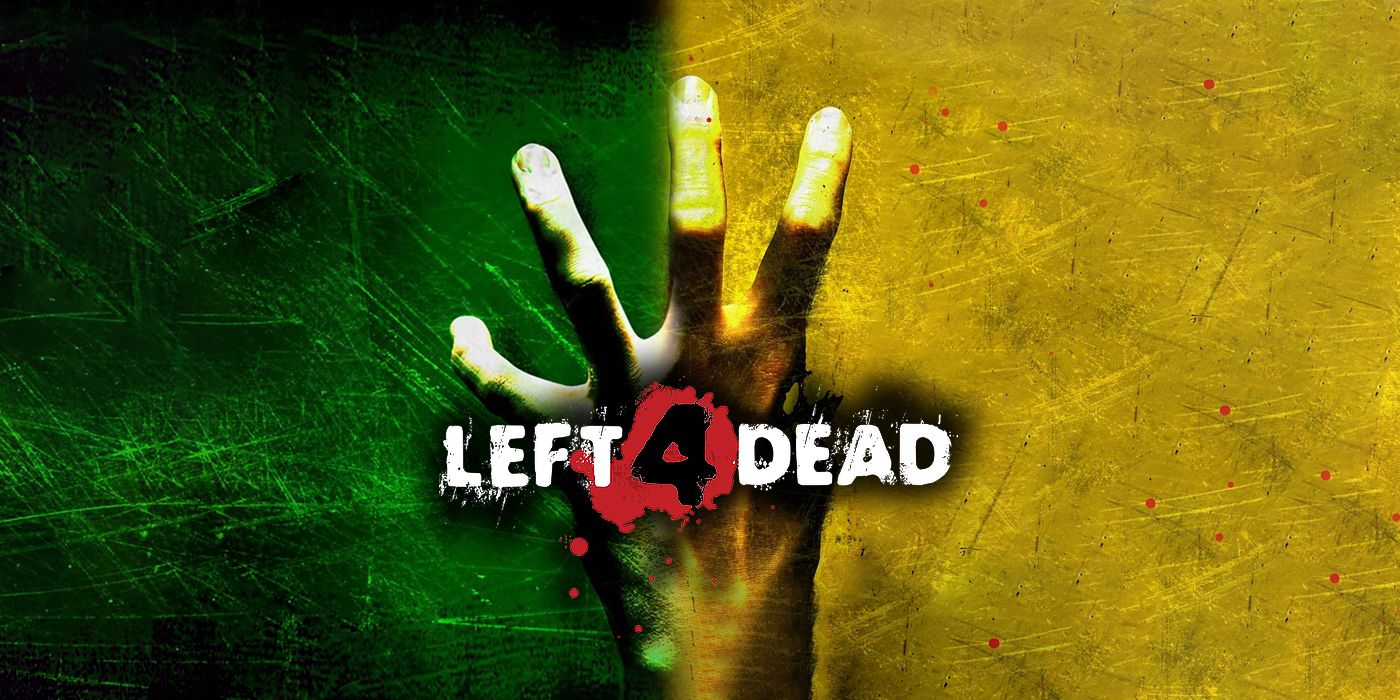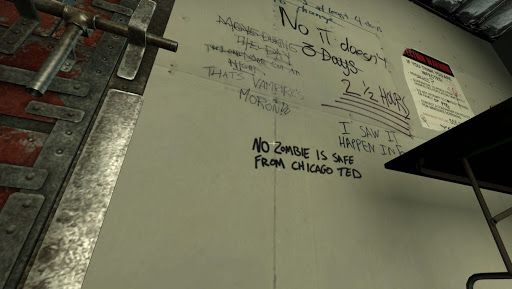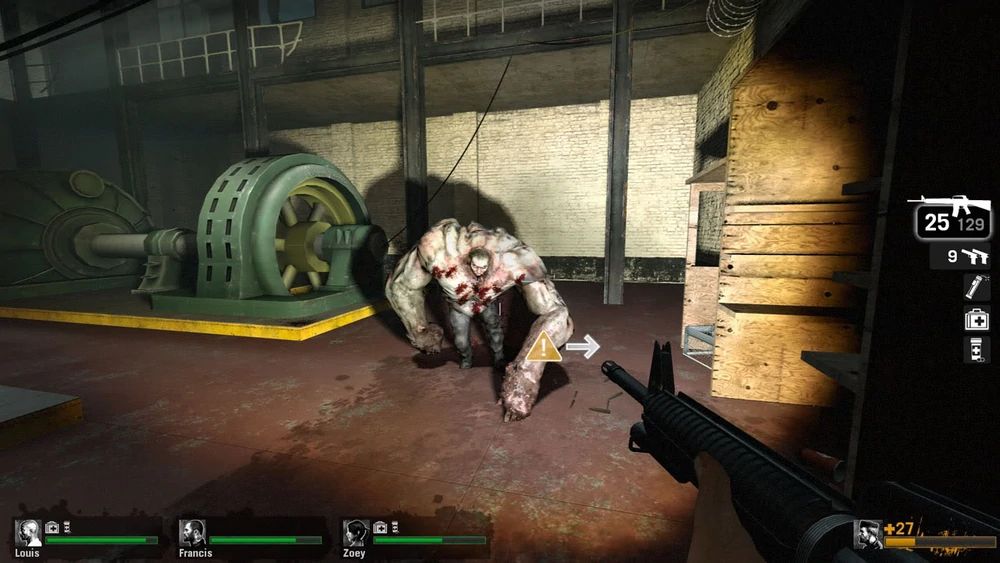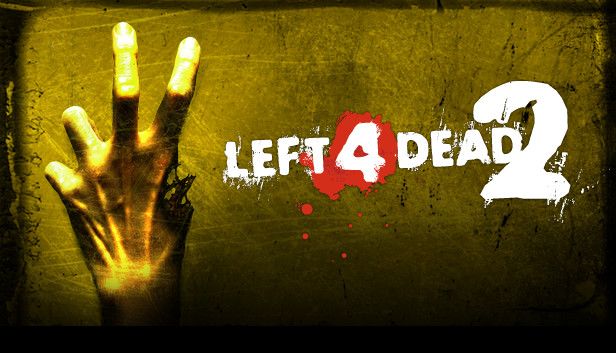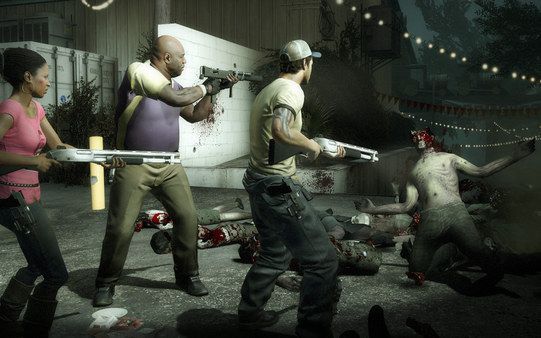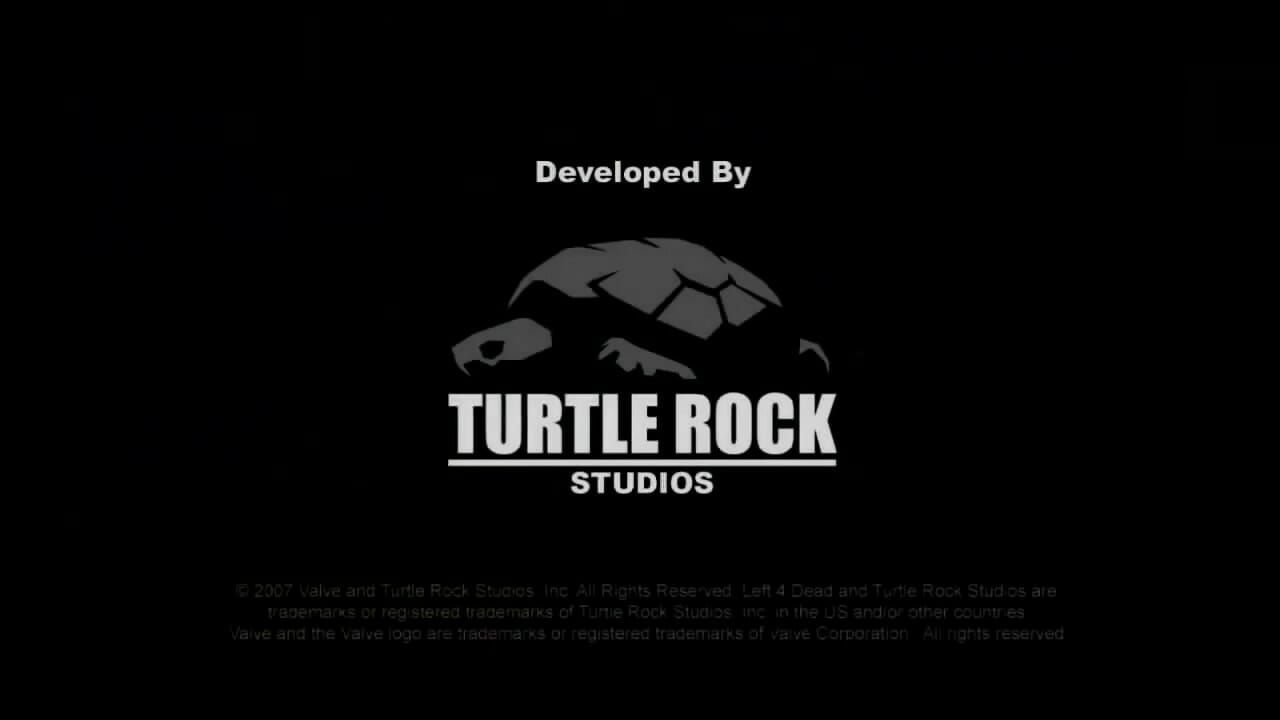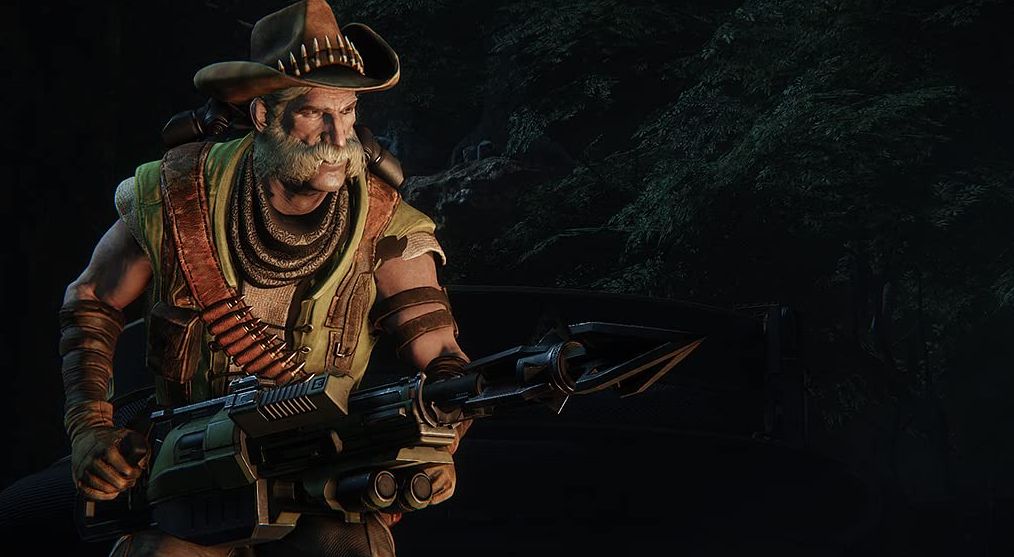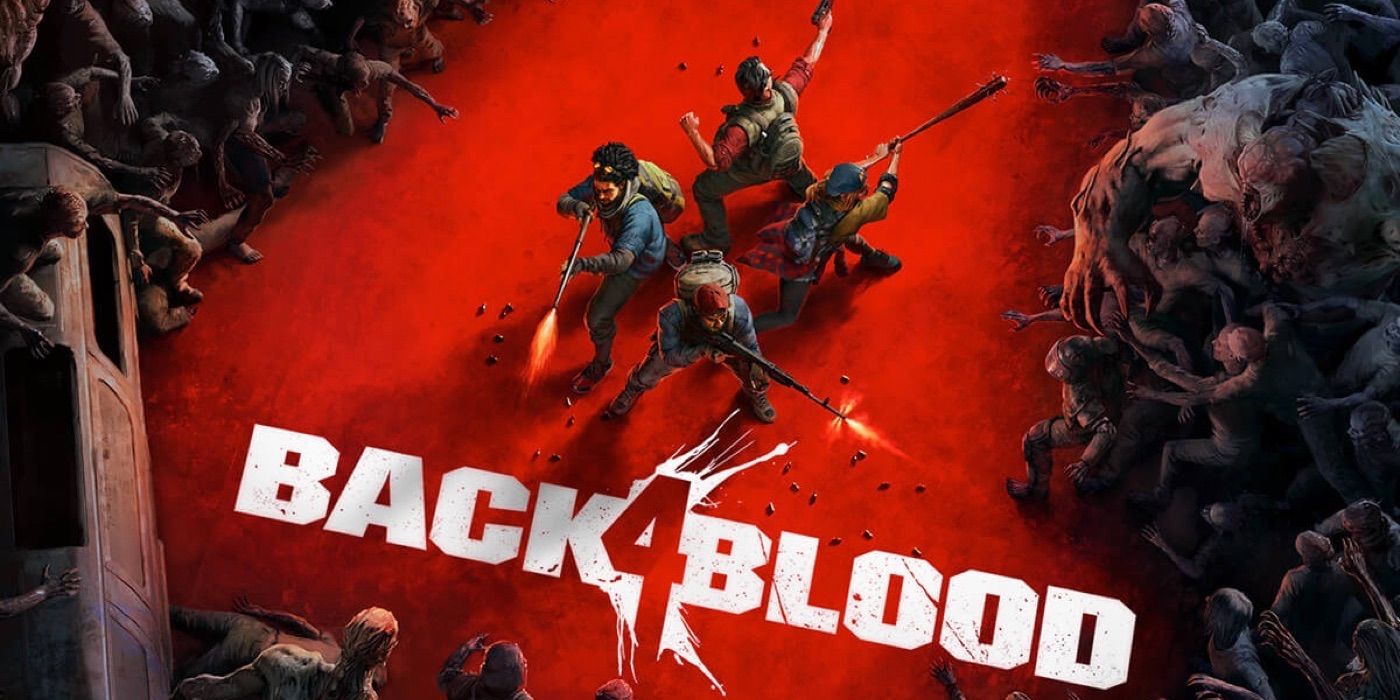If you consider yourself a Left 4 Dead fan, chances are that Back 4 Blood has caught your attention. There's an open beta starting very soon (with full crossplay between every platform!), prompting several people to reminisce about all the great times they had back in the day with blasting zombie brains, running from Tanks, and of course, spamming the "Look" command at bottles of pills.
Over 10 years have passed, though. The landscape of video games and the people who consume them have changed considerably. Someone who's never even heard of Left 4 Dead definitely saw that B4B trailer, rolled their eyes, and condescendingly thought to themselves, "Wow, another zombie game? How original." And you know what? They aren't even wrong. Zombies have been played out for years; even the Call of Duty games have them every other year. The newer generation will never understand why B4B is worth paying attention to without a proper explanation. So, welcome to the best possible starting point for that explanation: Why the Left 4 Dead games were so damn special.
Spoilers Ahead
NO ZOMBIE IS SAFE FROM CHICAGO TED
Gunning down hordes of zombies alongside three of your friends was a pretty easy premise to sell for a video game back in 2008, and with Valve's reputation for top-quality shooters backing it up, Left 4 Dead was warmly received on both PC and Xbox 360. People also got drawn in by the the developer's huge reverence for zombie-themed cinema that was literally impossible to miss; every campaign's loading screen was styled after a movie poster (complete with a cheesy tagline), there's a film grain effect overlaying the screen by default, and you can't spend more than five seconds in a safe room without catching a Dawn of the Dead or 28 Days Later reference. Video games got their shoutouts, too: An achievement for killing a very specific number of zombies (53,595) was a cute little wink and nod to Capcom's Dead Rising, and Zoey's character design was immediately reminiscent of Resident Evil 2's Claire Redfield.
The four survivors quickly became a beloved cast of characters thanks to their distinct personalities and context-sensitive banter. (No one sounded more stoked to find a bottle of pain pills than Louis.) Under no other circumstances than a zombie apocalypse would people like Zoey, Francis, Bill, and Louis become brothers in arms, much less friends. Also, Valve loves themselves some environmental storytelling, so paying close attention to certain quips and having an eye for detail would also reward players with clues about the truth behind the outbreak.
The concept of an "AI Director"—an unseen hand that dynamically adjusts the difficulty of your session by spawning more enemies if you aren't quite struggling enough—was a novel and compelling concept at the time. An ominous music cue would signal a wave of full-sprint zombies homing in on your position. A Witch parked in the middle of a critical path would force someone with a shotgun to make an extremely precise shot to dispose of her before she could retaliate. And of course, it's all fun and games until the Tank shows up. You could feel while you played that they were delivering on the promise of "no two playthroughs will ever feel the same." Now, almost 13 years removed and the Roguelike genre exploded in popularity, this gimmick doesn't feel all that special or unique anymore, but back in 2008, it made for an endlessly-replayable and engaging experience like nothing before.
L4D's design was tightly-focused around teamwork; for example, a teammate's assistance is literally the only means of escape after getting pounced on by a Hunter or wrapped up by a Smoker's tongue. If you lost your patience and peeled off from your team for even a moment, you risked certain death. Friendly fire was always on, so you quickly had to get into the habit of crouching in narrow spaces to avoid getting shot by teammates. These same design decisions also facilitated some wonderful moments of chaos; unfortunate accidents would tend to happen in heated moments, like when a Boomer's vomit obscures someone's vision. When you think of "co-op shooters," it's hard to find a better example than L4D, and in the afterglow of the release, it was easy to get excited by the prospect of new content like additional campaigns being added over time.
Pray Harder, 'Cause It Aint Working
In a move very uncharacteristic of Valve, however, a full-fledged sequel to L4D was announced the very next year, and with a release date of exactly one year after the original. The announcement trailer showed some key differences—a daytime setting, a new cast of survivors, melee weapons—but the core experience looked unmistakably the same. The reception went one of two ways: You were either pleasantly surprised that a full game's worth of content and extra features were secretly in the works all this time, or you felt betrayed that all of the content you were promised for the game you already bought was now being locked behind a $60 paywall under the guise of a sequel. It's all water under the bridge at this point, but in 2009, the era of "games as platforms" had only just begun, so the mere existence of a numbered sequel could be interpreted as anti-consumer.
Those who had faith and didn't mind paying another $60, however, were rewarded with a package that was just holistically bigger and better. Left 4 Dead 2 brought several welcome refinements: a wider variety of weapon options, new alternatives for grenades and healing items, common infected equipped with perks like fire invulnerability or bullet-proof armor, new Special Infected designed specifically to counteract the effectiveness of holding out with your back to a corner, and finales that required constantly gaining ground or completing side objectives to spice things up.
The new survivors—Coach, Ellis, Nick, and Rochelle—took a little longer to grow on players, but over the years, the charm of their reluctant camaraderie became undeniable. Nick doesn't exactly have the most pleasant personality, but he was never meant to; his abrasiveness creates perfect opportunities for his more righteous teammates to clap back at him, before they go right back to dealing with the horde of zombies trying to chew their faces off. The addition of "The Passing" campaign about six months in also featured some highly-enjoyable interactions between the first game's cast (minus Bill) and the new crew.
The fact that an average of 20,000 players are still playing the Steam version of L4D2 nearly 12 years after release is a testament to just how well the developers executed on their vision of a co-op shooter experience that is always thrilling, long after mastering it. (Also a testament to the wealth of mods and custom campaigns created by the community.) The Versus mode, where two teams of four alternate between controlling the survivors and the Special Infected, also found an extremely devoted competitive audience. Even the campaigns from the first game (complete with playing as the first cast of survivors) were all properly adopted into the second game's engine over time, making a total of 14 total official campaigns. L4D2 is absolutely still worth playing today, even if you felt like you got your fill years ago.
Turtle Rock or Valve: Who Deserves the Credit?
Throughout the marketing of both games, the only instances where you'd even see or hear Turtle Rock Studios mentioned came from pre-release coverage from journalism outlets, so if you believed that L4D was a wholly Valve-original property this whole time, we can't blame you. Valve still owns the IP rights to this day, and we've had to endure "Valve can't count to three" jokes for over a decade now. In reality, L4D is Turtle Rock's baby: The concept, the visuals, the gameplay, and the character designs are all the brainchildren of studio heads Chris Ashton, Michael Booth, and Phil Robb. It just so happens that the two companies had formed an amicable working relationship since 2003 thanks to Turtle Rock's contributions on Counter-Strike and Counter-Strike: Source. Once they saw L4D's prototype, Valve believed in the project so strongly that they bankrolled the development and marketing, and Turtle Rock was fully acquired and re-branded as "Valve South" in early 2008.
But Valve still had more meaningful contributions to these games than just marketing money and a reputable publisher name. Valve and their fans expect a certain standard of quality from all of their titles, and that includes writing. L4D and L4D2 are, without hyperbole, some of the funniest video games ever made, and that wouldn't be possible without the direction of Valve's Chet Faliszek and Erik Wolpaw, who just one year prior gave the internet more meme material than they could handle with two more of the funniest video games ever made: Team Fortress 2 and Portal. Hearing dialogue that puts a smile on your face instead of making you cringe is still a rare accomplishment in video games that's worth celebrating, and proper credit should go where credit is due.
Even then, a significant aspect of L4D's humor comes from the moment-to-moment gameplay, from the animation and sound effects when someone gets tackled out a window by a Charger, to your friends screaming in terror from a horde of zombies overwhelming them. Anybody can write a good joke, but the talent required to elicit a gut-busting reaction out of an unsuspecting player in a game is arguably even harder to come by. For that, plus almost everything else about the games, Turtle Rock should absolutely be given the lion's share of recognition for L4D's success.
EVOLVE or Perish
Once Turtle Rock's work on L4D2 was "complete," Valve wasn't expressing much continued interest in the IP, so they granted Turtle Rock the ability to return to being an independent studio. Left to their own devices, the first project they finally got to slap their studio name on was 2015's EVOLVE: another shooter where four people team up, only this time, a fifth player now controls a single giant monster/alien to oppose them, and the humans are equipped with futuristic weapons and supernatural abilities. Development was far from smooth (the original publisher THQ filing for bankruptcy certainly didn't help), but the concept was solid, and the feedback from the Alpha and Beta seemed mostly positive.
Unfortunately, EVOLVE failed to take off for a number of reasons. They launched with deluxe editions containing exclusive playable characters, ensuring the player base would always be fragmented. The new publisher 2K Games put restrictions on Turtle Rock's ability to update the game as frequently as they would have liked. And, for some, the gameplay itself just never felt satisfyingly balanced. Four humans versus one monster doesn't sound impossible to balance, but it was rare to feel like EVOLVE's combat designers ever had stable control of their own game. And so, maintaining a healthy player population on any platform was just too much to ask. Even the pivot to a free-to-play model with EVOLVE: Stage 2 in 2016 failed to attract a meaningfully larger player base. Turtle Rock ceased development later that year, the dedicated servers were taken offline in 2018, and the game isn't even available for digital purchase anymore.
Turtle Rock had learned some tough lessons, and those lessons came at the cost of a lot of money and time, things that very few game studios have the luxury of wasting. You can't help but feel for them when all they have to show for their five-plus years of effort is a game that is literally dead. Their future looked uncertain. Thankfully, WB Games was willing to give them a chance on something they had a proven track record with: killing zombies with your friends.
Still Something to Prove
Everything about B4B's announcement trailer—the sight of four humans versus an army of the undead, the bigger zombies using special abilities, the giant number 4 written in blood front and center, and the game's title as the stinger—was a clear and direct message: This is the sequel to L4D you've all been waiting for. Some of you may even have gotten your hands on the closed alpha for a few days last December and played something that, while obviously different in several ways, definitely keeps the same spirit. The philosophy of infinite replayability is being amped up to whole new levels: The survivor you play as comes with unique perks, you build "decks" of other perks beforehand that the game will randomly deal out to you, there are now weapon costs, attachments, and ammo types to consider... Even with just the one campaign to experiment with in the Alpha, the groundwork for something truly great had clearly been laid.
Many pretenders to the four-player co-op throne have come and gone—Killing Floor 2, World War Z, and the Warhammer: Vermintide games are exceptional standouts—but none have come close to capturing nearly as many hearts clamoring for a sequel for over a decade like Turtle Rock has. A game named Left 4 Dead 3 published by Valve might exist some day, but we hope that after reading this, you wouldn't trust anyone other than Turtle Rock to deliver the real deal. We'll have a much better idea of whether or not they pulled it off once we get our hands on the open beta, set to begin in early access this Thursday.

